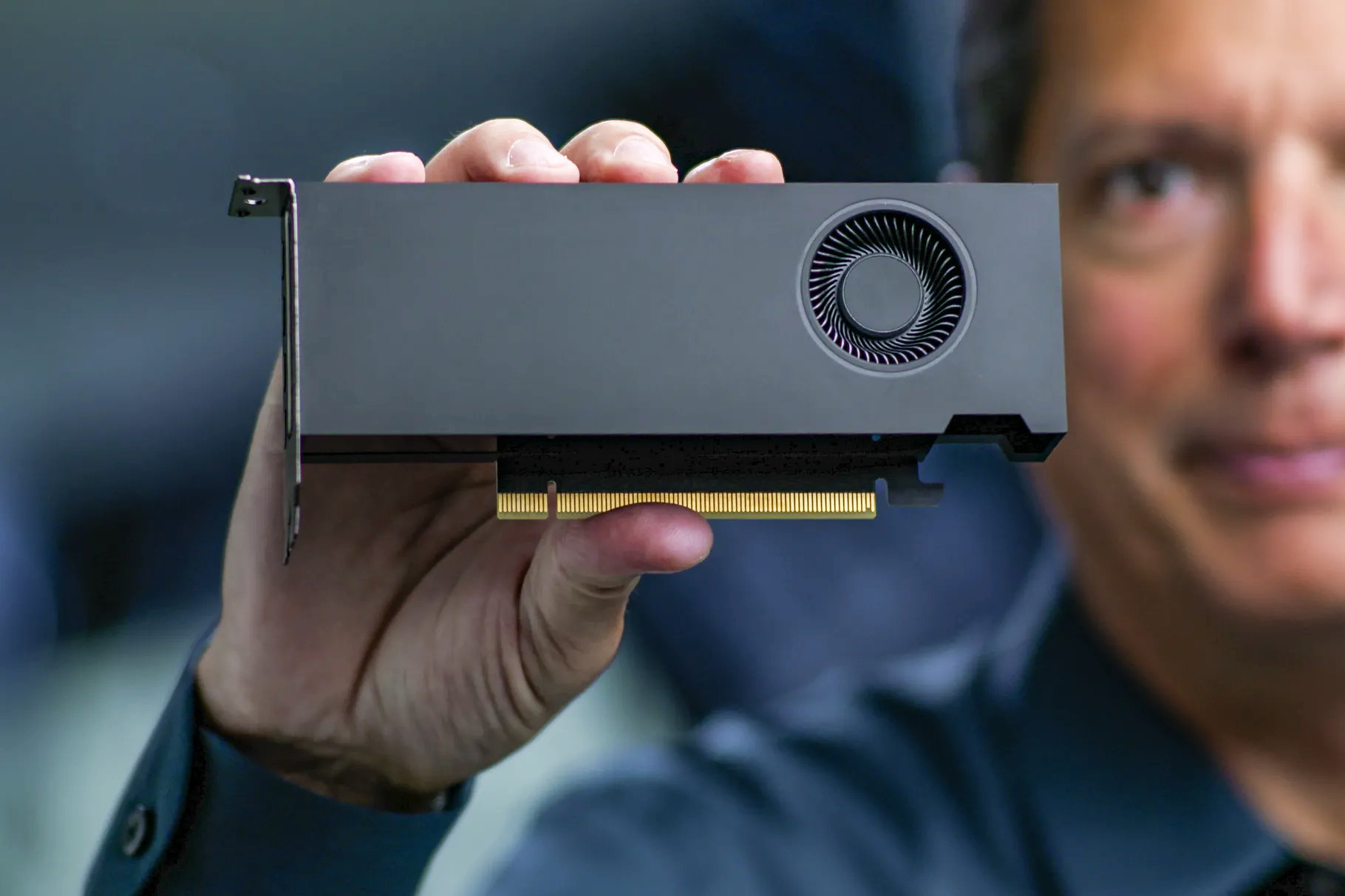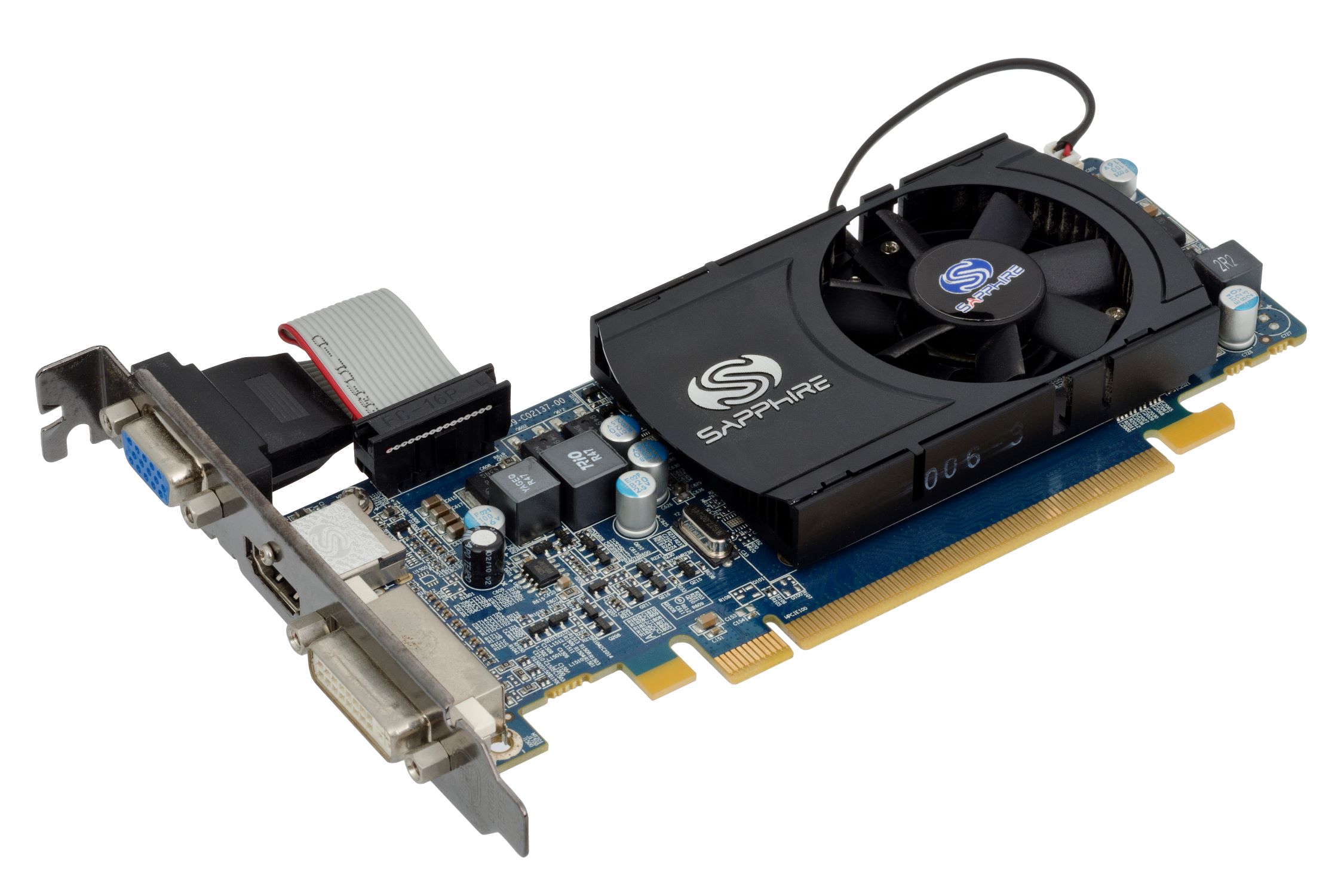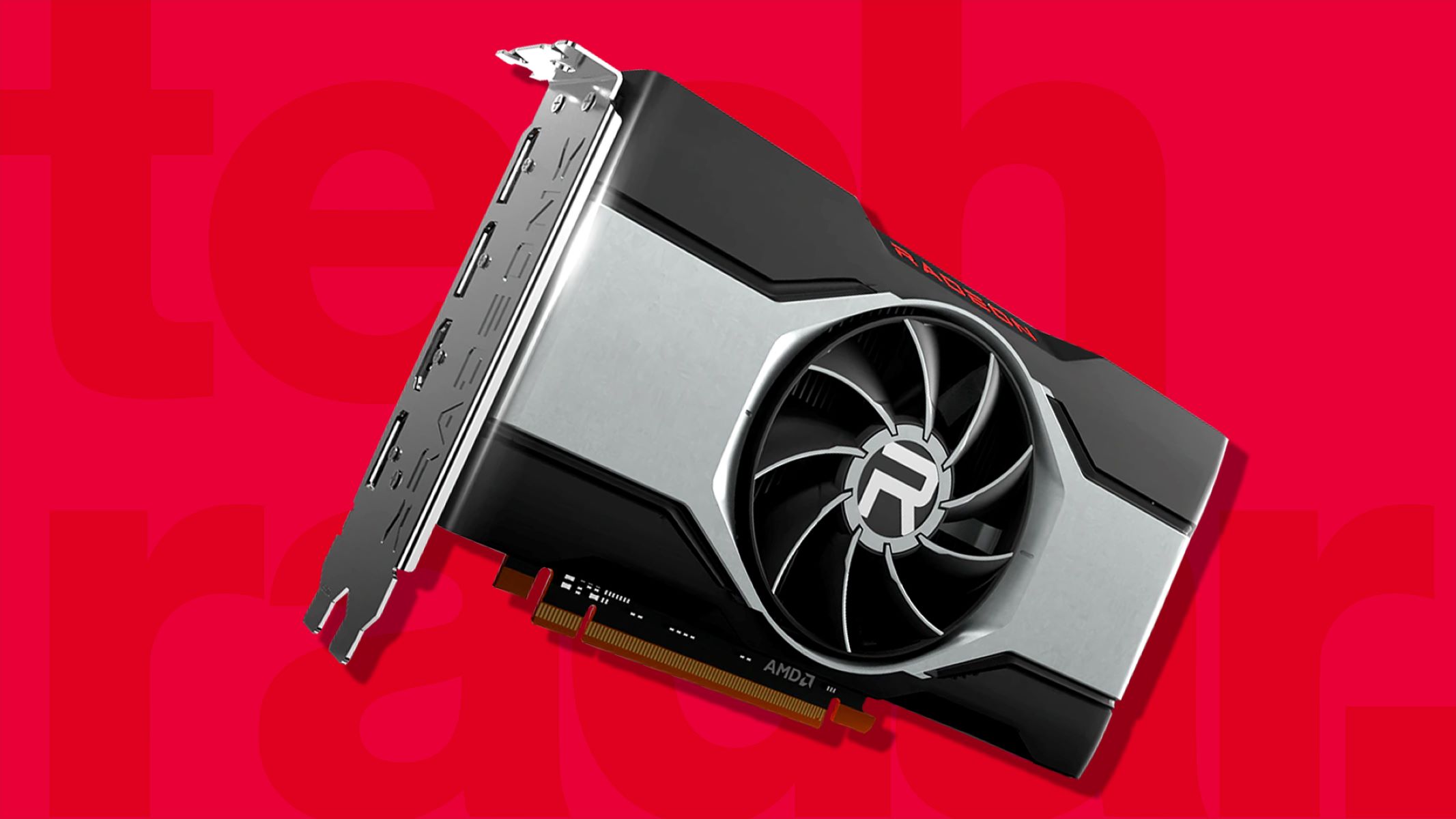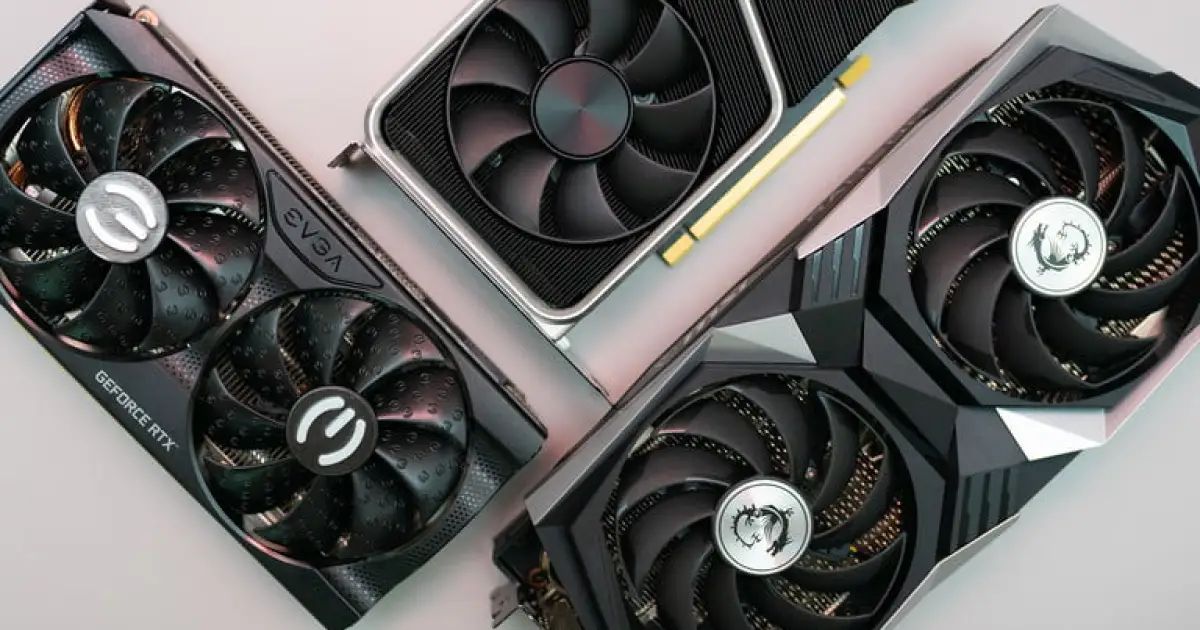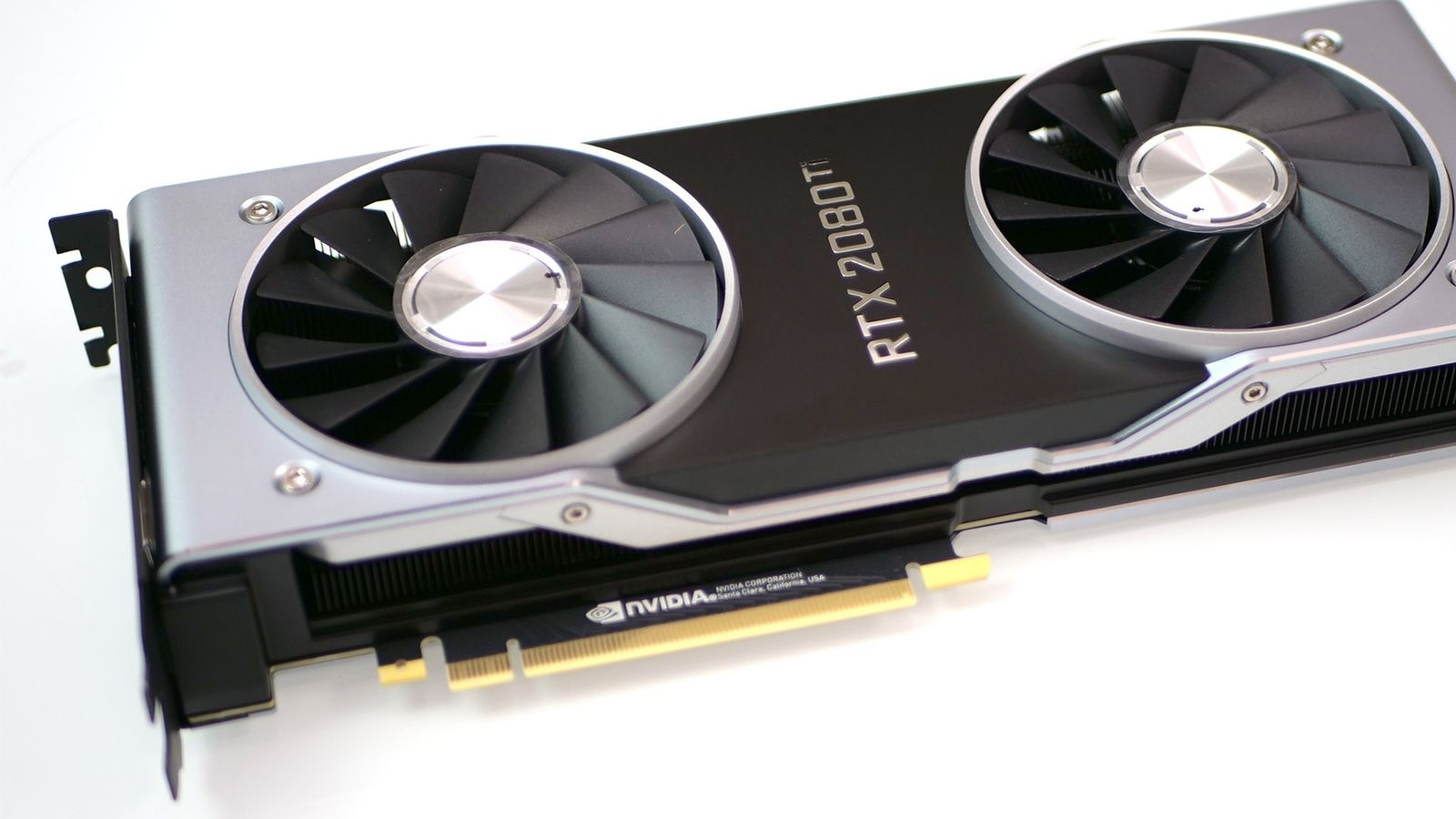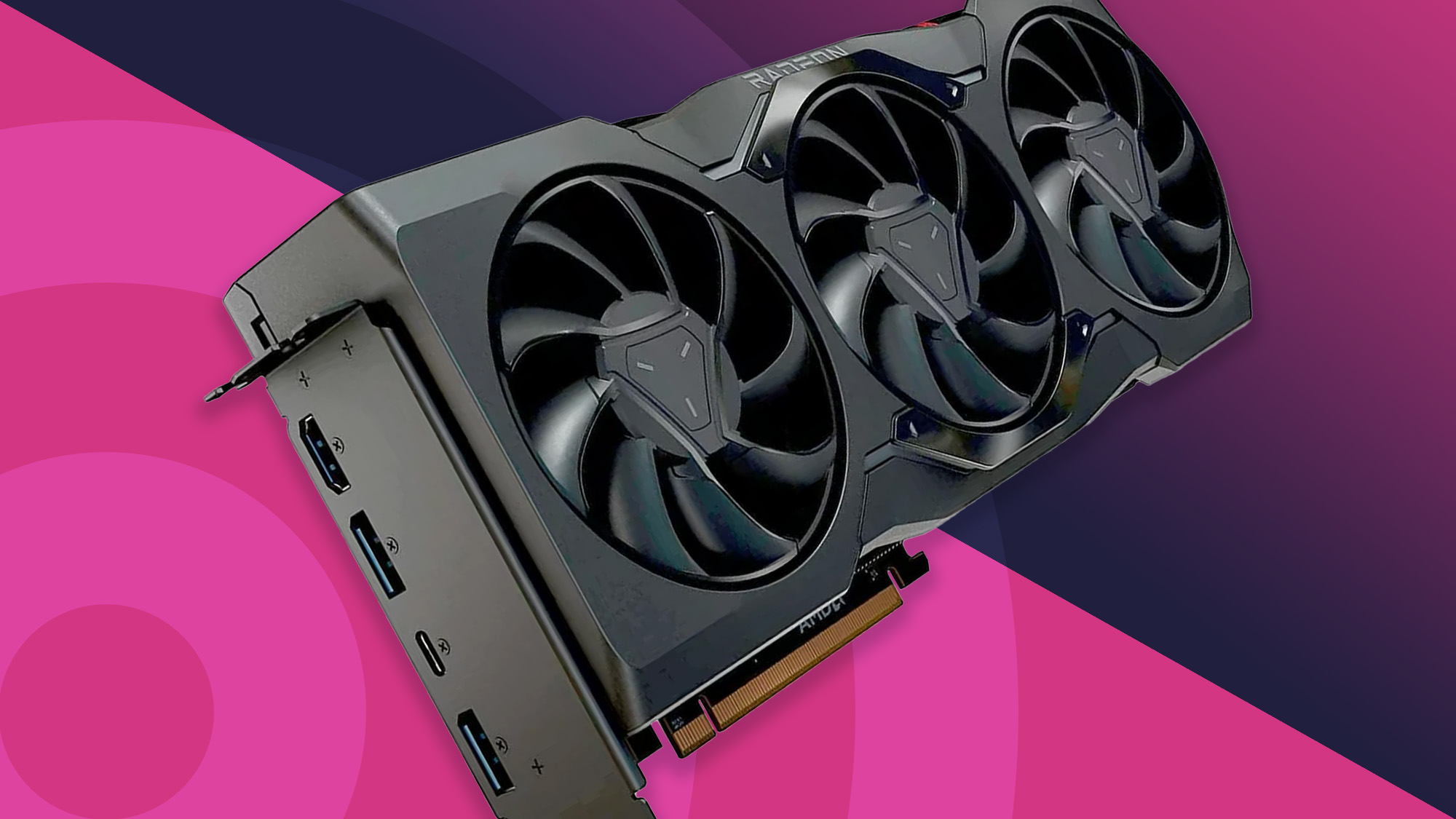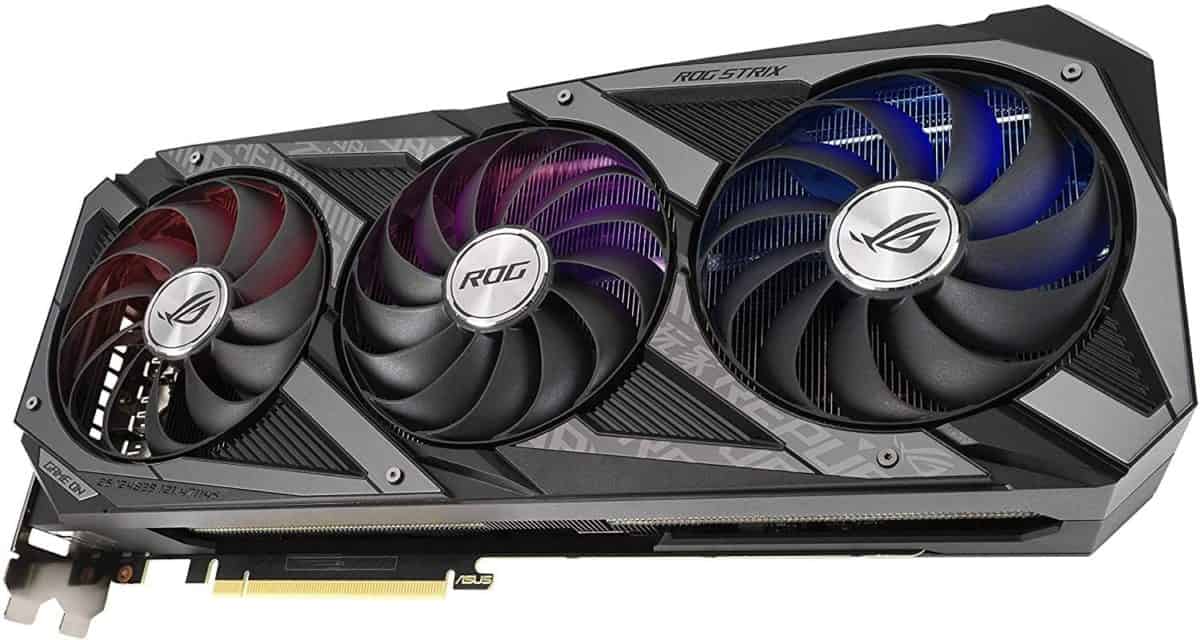Introduction
Welcome to the world of low profile GPUs. In the realm of computing and graphics, a low profile GPU or Graphics Processing Unit is a compact and space-saving solution for users who need powerful graphics performance in a small form factor. These GPUs are specifically designed for use in slim and compact systems such as small desktop computers, mini PCs, HTPCs (Home Theater PCs), and even some laptops.
Low profile GPUs offer a wide array of benefits, making them an attractive option for various applications. Not only do they provide a significant boost in graphics performance, but they also contribute to enhanced video rendering, smoother gaming experiences, and improved overall system efficiency.
Whether you’re a gamer, a creative professional, or someone who simply appreciates robust graphics performance, understanding the world of low profile GPUs can open up a whole new realm of possibilities. In this article, we will delve into the details of what constitutes a low profile GPU, explore the benefits they bring to the table, discuss common applications, factors to consider when choosing one, and highlight some of the popular options available in the market today.
If you’re ready to discover the wonders of low profile GPUs and how they can transform your computing experience, let’s dive in!
What is a Low Profile GPU?
A low profile GPU, also known as a low profile graphics card, is a compact and slim graphics processing unit designed to fit into small form factor systems. Unlike standard desktop GPUs, which are typically larger in size and require more power, low profile GPUs are specifically tailored to meet the needs of users who are limited by space constraints or have smaller computer cases.
These GPUs are characterized by their smaller physical dimensions, usually measuring less than 7 inches in length. They are also engineered to operate efficiently with lower power consumption, making them suitable for systems with limited power supply capacity.
Low profile GPUs are equipped with all the essential features and capabilities found in their full-sized counterparts. They often include dedicated video memory (VRAM), multiple display outputs (such as HDMI, DisplayPort, and DVI), and support for advanced technologies like DirectX and OpenGL.
While low profile GPUs may not offer the same level of performance as higher-end gaming graphics cards, they still deliver impressive graphics capabilities, enabling users to enjoy smooth and immersive visual experiences in applications like HD video playback, photo and video editing, and casual gaming.
It’s worth noting that low profile GPUs are not limited to desktop computers. Some laptop models also come with low profile graphics cards, providing users with the flexibility to enjoy enhanced graphics performance without the need for an external GPU.
In the next section, we’ll explore the benefits of low profile GPUs and why they are a popular choice among users in various industries and applications.
Benefits of Low Profile GPUs
Low profile GPUs offer a range of benefits that make them an attractive option for users with space constraints or those looking for efficient and powerful graphics performance in a compact form factor. Here are some of the key advantages:
- Space-saving design: The compact size of low profile GPUs allows for easy installation in small form factor systems, such as mini PCs and HTPCs. This is especially beneficial for users with limited desk space or those who prefer a more minimalist setup.
- Improved thermal management: Low profile GPUs are designed to operate efficiently with lower power consumption, resulting in less heat generation. This helps maintain optimal temperature levels within the system, preventing overheating and ensuring stable performance.
- Versatility: Whether you’re a gamer, a video editor, or a graphic designer, low profile GPUs provide the essential graphics capabilities needed to enhance your experience. From smooth HD video playback to graphic-intensive applications, these GPUs can handle a wide range of tasks.
- Energy efficiency: Due to their lower power consumption, low profile GPUs are more energy-efficient compared to their full-sized counterparts. This not only reduces electricity costs but also minimizes the strain on the system’s power supply.
- Compatibility: Low profile GPUs are designed to be compatible with a variety of systems, including slim desktop cases and some laptops. This allows users to upgrade their graphics performance without having to change their entire system.
- Cost-effective: Low profile GPUs offer a cost-effective solution for users who want to enhance their graphics performance without breaking the bank. These GPUs provide a balance between price and performance, making them a popular choice among budget-conscious users.
These benefits highlight the value and versatility that low profile GPUs bring to the table. Now, let’s explore some of the common applications where these GPUs excel.
Common Applications for Low Profile GPUs
Low profile GPUs are utilized in a wide range of applications where space constraints and efficient graphics performance are crucial. Here are some of the common areas where these GPUs excel:
- Compact Desktop Computers: Low profile GPUs are ideal for small desktop computers, such as mini PCs and compact gaming rigs. These systems are popular among users who want a powerful computing experience without sacrificing desk space or portability.
- Home Theater PCs (HTPCs): HTPCs are designed to provide a complete multimedia experience, serving as a combination of a home theater system and a media center PC. Low profile GPUs are essential in delivering smooth and high-quality video playback, whether it’s streaming movies, watching Blu-ray discs, or enjoying online content.
- Digital Signage and Kiosks: Low profile GPUs are often employed in digital signage and interactive kiosk applications. Their small form factor and efficient performance make them suitable for powering displays in retail stores, airports, museums, and other public spaces.
- Workstations and Professional Applications: While low profile GPUs may not be as powerful as their high-end counterparts, they can still handle demanding professional applications. From CAD/CAM software and 3D modeling to video editing and graphic design, these GPUs provide the necessary graphical power for professionals in various industries.
- Gaming: Although low profile GPUs are not designed for hardcore gaming, they can still handle many popular games, particularly those with moderate graphics requirements. They allow casual gamers to enjoy a smooth gaming experience without the need for a bulky gaming rig.
- Media Streaming: Low profile GPUs support hardware acceleration for media codecs, enabling seamless streaming of high-definition content on platforms like Netflix, Amazon Prime Video, and YouTube.
These are just a few examples of the diverse applications for low profile GPUs. Whether you’re a home user, a professional, or a business owner, these GPUs offer a solution to meet your specific graphics needs in a compact and efficient manner.
Now that we’ve explored the applications, let’s dive into the factors you should consider when choosing a low profile GPU.
Factors to Consider When Choosing a Low Profile GPU
When selecting a low profile GPU, there are several important factors to take into consideration. These factors will help you find the right GPU that meets your needs and ensures optimal performance. Here are the key factors to consider:
- Power Supply: Before choosing a low profile GPU, check your system’s power supply unit (PSU) to ensure it can handle the additional power requirements of the GPU. Low profile GPUs generally have lower power consumption, but it’s still important to make sure your PSU can provide sufficient power.
- Connectivity: Consider the connectivity options on the GPU and whether they align with your display needs. Look for GPUs that have the necessary ports for your monitors or TVs, such as HDMI, DisplayPort, or DVI.
- Performance Requirements: Determine the level of graphics performance you require for your specific applications. If you’re a gamer, consider the minimum system requirements for the games you want to play. For professionals, consider the demands of your software, such as video editing or 3D modeling applications.
- Memory: Pay attention to the amount of video memory (VRAM) on the GPU. Higher VRAM allows for better performance in graphics-intensive tasks such as gaming or video editing.
- Cooling and Thermal Design: Consider the cooling mechanism employed by the low profile GPU. Look for GPUs with efficient cooling solutions such as heat sinks or fans to ensure optimal heat dissipation and prevent overheating.
- Physical Size: Measure the available space in your system’s case to ensure compatibility with the chosen low profile GPU. Check the length and height of the GPU to ensure it will fit without obstructing other components.
- Budget: Determine your budget and find a low profile GPU that offers the best balance between performance and affordability. Consider both the upfront cost and long-term value of the GPU.
By considering these factors, you can select a low profile GPU that aligns with your specific needs and provides the best performance and compatibility for your system.
Next, let’s explore the installation and compatibility aspects of low profile GPUs.
Installation and Compatibility
Installing a low profile GPU requires careful consideration of compatibility with your system’s components and the available space within your case. Here are some factors to keep in mind when it comes to installation and compatibility:
- Size and Form Factor: Measure the available space in your computer case to ensure the low profile GPU will fit without obstruction. Pay attention to the GPU’s length, height, and thickness to ensure compatibility.
- PCI Express Slot: Verify that your motherboard has an available PCI Express slot that is compatible with the GPU you plan to install. Most low profile GPUs use a PCIe x16 slot, but it’s always good to double-check the specifications.
- Power Supply: Check if your system’s power supply can handle the additional power requirements of the GPU. It’s important to ensure the PSU has the necessary connectors and sufficient power output to support the low profile GPU.
- Driver Compatibility: Before installing the low profile GPU, make sure to download and install the latest drivers provided by the manufacturer. This ensures compatibility and optimal performance with your operating system and applications.
- Cooling and Airflow: Consider the cooling and airflow within your computer case to ensure proper heat dissipation from the GPU. Good airflow will help prevent overheating and ensure the longevity of your components.
- Operating System Compatibility: Ensure that the low profile GPU is compatible with your operating system. Most GPUs support major operating systems such as Windows, macOS, and Linux, but it’s always worth confirming.
It’s important to consult your system’s documentation or consult with a professional if you are unsure about any aspect of installation or compatibility. Ensuring proper installation will help you avoid issues and maximize the performance of your low profile GPU.
Now that we’ve covered installation and compatibility, let’s move on to the next section, where we’ll discuss some performance considerations when choosing a low profile GPU.
Performance Considerations
When selecting a low profile GPU, it’s essential to consider the performance aspects to ensure that you choose a GPU that meets your specific requirements and expectations. Here are some key performance considerations to keep in mind:
- Graphics Processing Power: Evaluate the GPU’s processing power, which is usually measured in terms of clock speed and the number of CUDA cores (for NVIDIA GPUs) or Stream Processors (for AMD GPUs). Higher clock speeds and more cores generally indicate better performance.
- Memory Bandwidth and VRAM Size: Pay attention to the GPU’s memory bandwidth and the amount of video memory (VRAM) it provides. Higher memory bandwidth and larger VRAM sizes allow for better performance in graphics-intensive tasks like gaming and video editing.
- Performance in Specific Applications: If you have specific applications in mind, such as gaming or professional software, research the recommended system requirements for these applications. This will ensure that the low profile GPU you choose can handle them efficiently.
- API Support: Check if the GPU supports the necessary APIs (Application Programming Interfaces) for your intended applications. Popular APIs include DirectX and OpenGL.
- Thermal Performance: Consider the cooling system and thermal design of the GPU. Low profile GPUs with efficient cooling solutions, such as heat sinks and fans, will help maintain optimal temperatures and prevent overheating, ensuring consistent performance.
- Overclocking Potential: Some low profile GPUs offer overclocking features, allowing users to tune their GPU for higher performance. If you are interested in overclocking, look for GPUs with this capability.
It’s important to note that low profile GPUs are designed for compact form factor systems, which means they may not deliver the same level of performance as full-sized high-end GPUs. However, they still provide a significant boost in graphics performance compared to integrated graphics solutions.
By considering these performance factors, you can choose a low profile GPU that aligns with your needs and ensures smooth and efficient graphics performance in your desired applications.
Now that we’ve explored the performance considerations, let’s move on to the next section, where we’ll highlight some popular low profile GPUs available in the market today.
Popular Low Profile GPUs on the Market
When it comes to low profile GPUs, there are several options available in the market that offer a balance between performance, size, and affordability. Here are some popular low profile GPUs that are worth considering:
- NVIDIA GeForce GTX 1650 Low Profile: The GTX 1650 Low Profile from NVIDIA is a popular choice for gamers looking for an affordable and compact GPU. It offers excellent 1080p gaming performance while being power-efficient and fitting into small form factor cases.
- AMD Radeon RX 5500 XT Low Profile: This low profile GPU from AMD provides a great balance between performance and affordability. It offers impressive 1080p gaming performance and supports the latest technologies such as AMD Radeon Image Sharpening and FidelityFX for enhanced visuals.
- NVIDIA Quadro P620: The Quadro P620 from NVIDIA is designed for professionals who require reliable and efficient graphics performance. It provides excellent compatibility with professional applications like CAD, 3D modeling, and video editing.
- AMD Radeon Pro WX 4100: This low profile GPU from AMD is specifically designed for professional workstations and offers reliable performance for tasks such as content creation and CAD applications.
- NVIDIA GeForce GT 1030: The GT 1030 is a budget-friendly low profile GPU that provides entry-level gaming performance and supports 4K display output. It’s a popular choice for users who want to upgrade from integrated graphics cards without breaking the bank.
These are just a few examples of the popular low profile GPUs available in the market. It’s important to carefully research and compare different models based on your specific requirements, such as performance, compatibility, and budget.
Before making a purchase, always read reviews, check the technical specifications, and ensure compatibility with your system. This will help you choose the best low profile GPU that meets your needs and provides the performance you desire.
Now, let’s wrap up our exploration of low profile GPUs.
Conclusion
Low profile GPUs offer a compact and efficient solution for users who require powerful graphics performance in small form factor systems. Whether you’re a gamer, a creative professional, or someone who appreciates smooth visuals, low profile GPUs can enhance your computing experience.
In this article, we discussed what low profile GPUs are and explored their benefits. We also examined their common applications and the factors to consider when choosing one. Installation and compatibility guidelines were provided, along with performance considerations to help you make an informed decision.
Furthermore, we highlighted some popular low profile GPUs available on the market today, each with its own strengths depending on your needs and budget.
When selecting a low profile GPU, always remember to consider factors such as power supply compatibility, connectivity options, performance requirements, cooling, and budget. Researching reviews and comparing technical specifications will help you find the perfect match for your system.
Whether you’re building a compact gaming setup, setting up a home theater PC, or require efficient graphics performance for professional applications, low profile GPUs offer a combination of space-saving design, powerful graphics capabilities, and energy efficiency.
So, if you’re ready to take your computing experience to the next level, consider the advantages of low profile GPUs and find the perfect one that suits your needs. Upgrade your system and enjoy smooth visuals and enhanced performance, all in a compact and efficient package.







